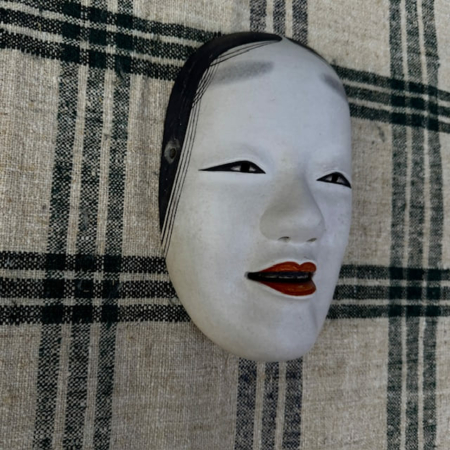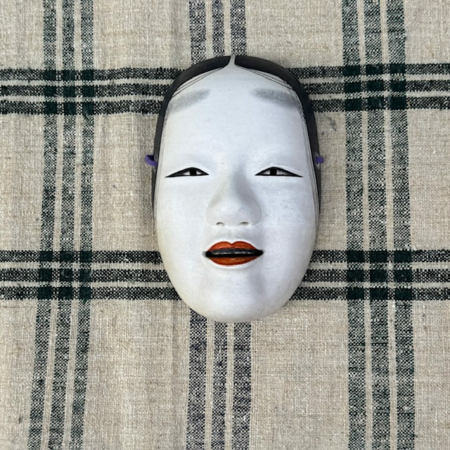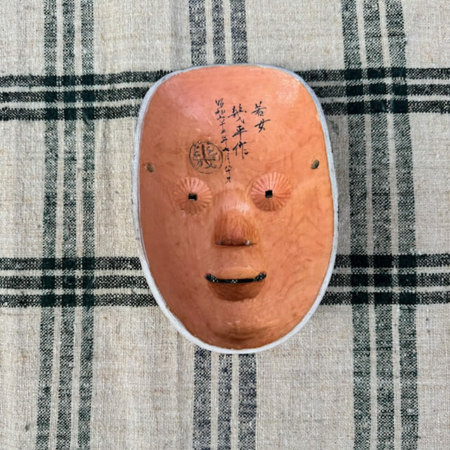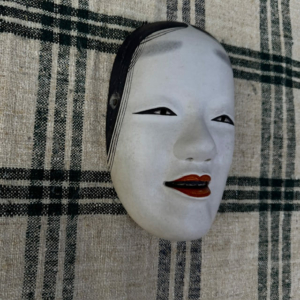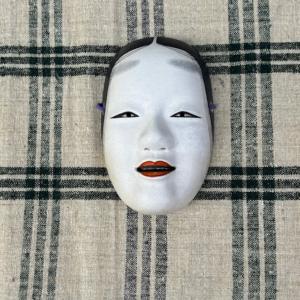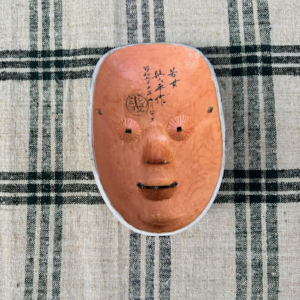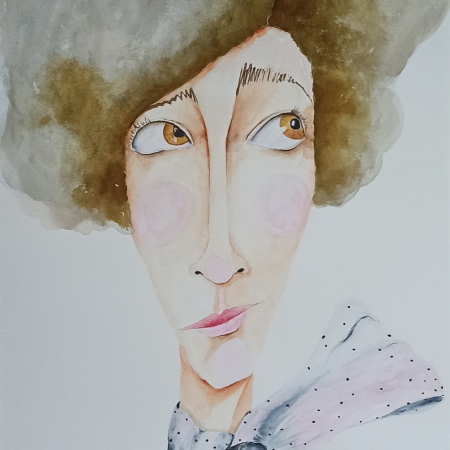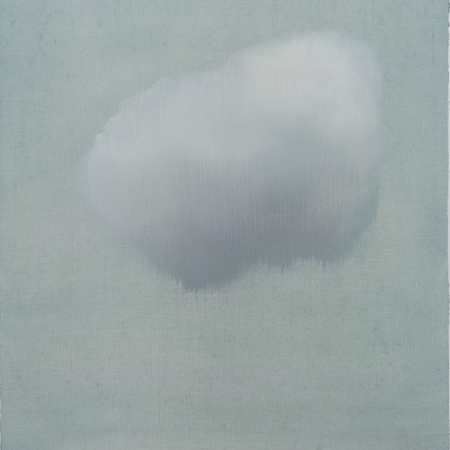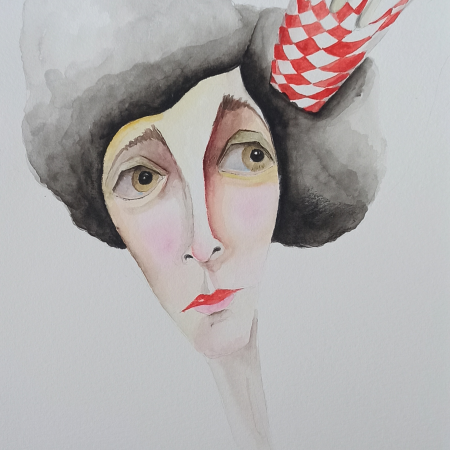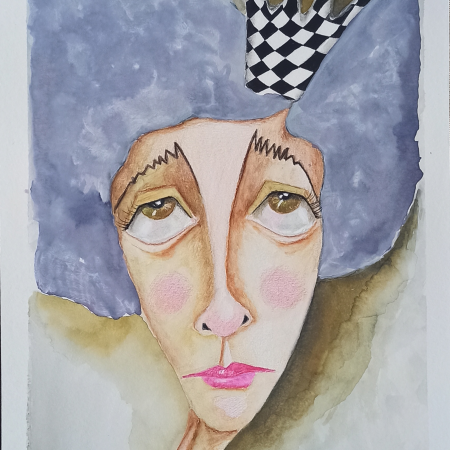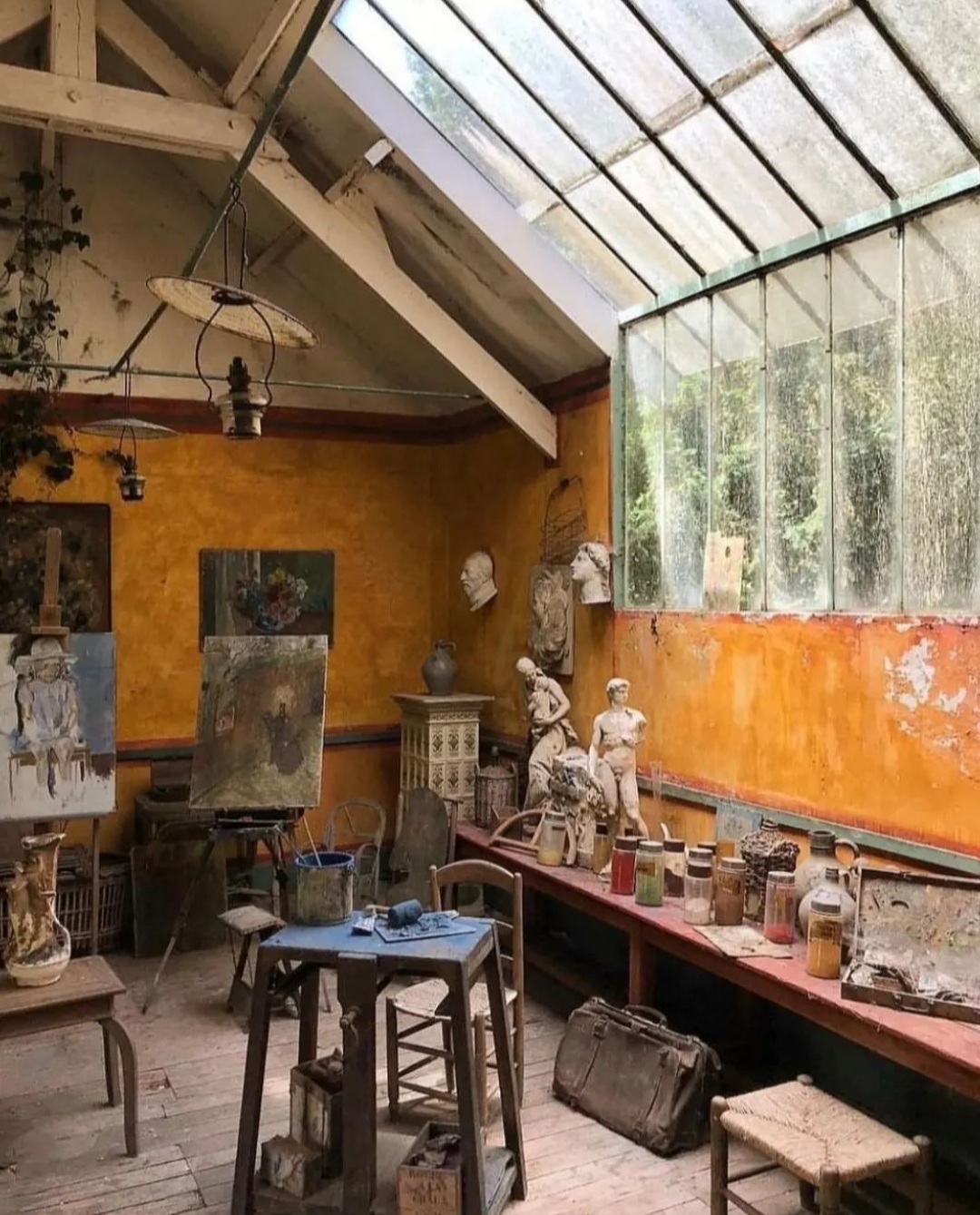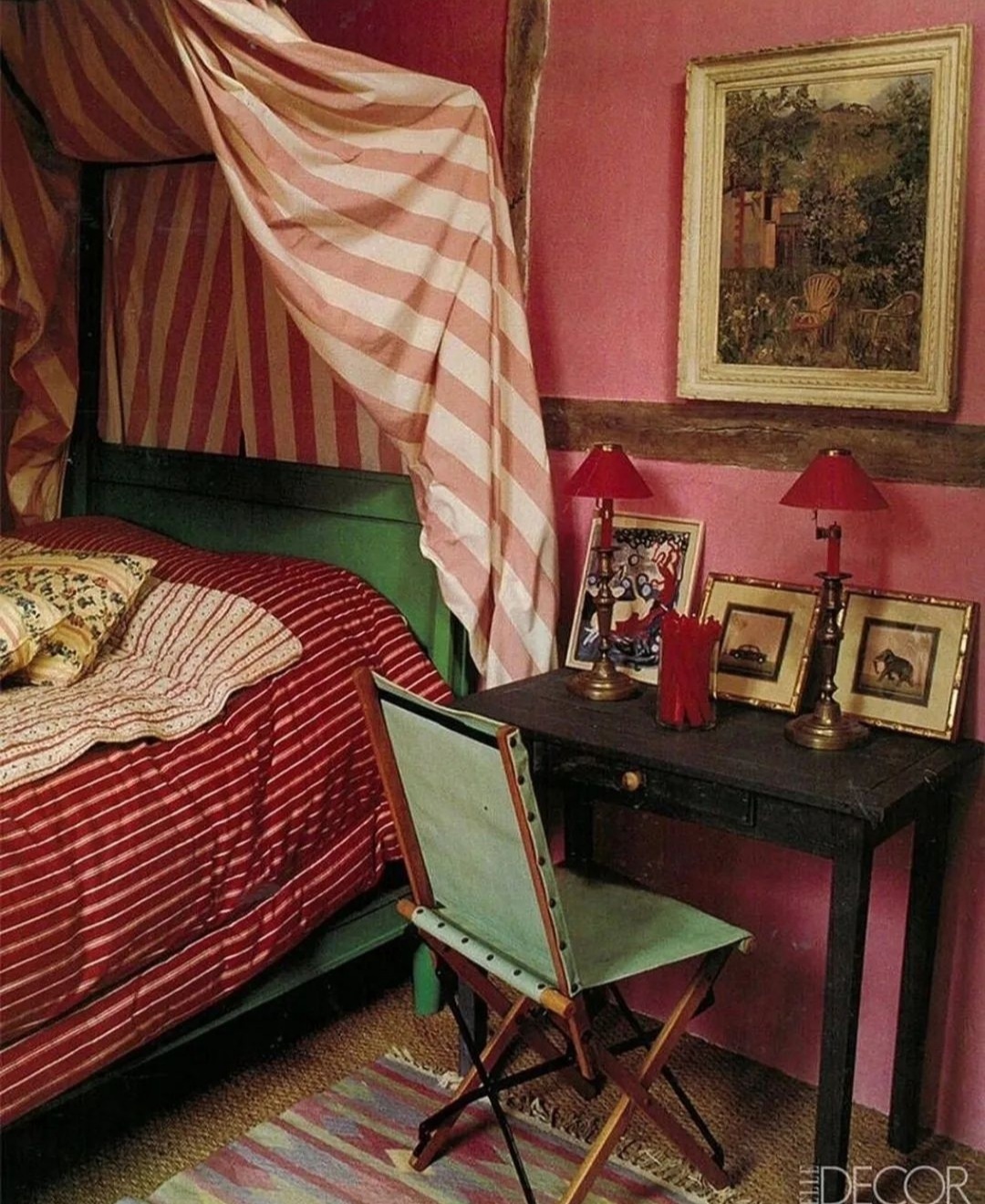Description
It feels light in your hands, yet something in its presence carries weight — history, silence, time.
This Japanese Noh mask Ko-omote (小面), hand-carved in wood and signed by Ikkei (幾平銘あり), seems to hold centuries of traditional theater within a single face. It represents a young woman —a waka-onna (若女)— whose serene beauty and gentle grace embody the essence of femininity in classical Noh theater.
This is a Ko-omote Noh mask (能面) of exquisite craftsmanship, traditionally used to portray young female characters on stage. Hand-carved and painted with remarkable precision, it stands as a magnificent example of Japanese classical art —a highly sought-after piece among collectors of Noh masks, Japanese theater objects, and enthusiasts of traditional craftsmanship.
In medieval Japan, when Noh was closer to ritual than performance, the mask was not a simple prop —it was the soul of the character. A subtle tilt of the head, a slower breath, and everything shifted. Sadness could turn into serenity, innocence into melancholy.
The Ko-omote has always been the face of the ephemeral —an emotion suspended between childhood and womanhood, between what is revealed and what remains unspoken.
This piece was carved by Ikkei between the 1950s and 1960s, in a Japan quietly rebuilding itself after the war. While the country modernized, a few master artisans, like Ikkei, devoted themselves to preserving the purity of Noh traditions —a discipline that unites movement, voice, and silence.
His masks are known for their delicate carving, soft contours, and the meticulous layering of natural mineral pigments mixed with crushed shell powder, a process requiring patience and meditative focus. Each layer, each polish, was more than a technical step —it was a spiritual gesture. In Japanese tradition, to carve a mask is to invite a presence, to give form to something unseen.
That is why Noh masks are signed —not as a mark of vanity, but as an act of respect toward the spirit that now inhabits them.
Today, this mask retains its quiet ambiguity. Neither joyful nor sorrowful, neither awake nor asleep, it seems to shift with the light —or with the mood of whoever stands before it.
Its beauty doesn’t demand attention; it asserts itself in silence, with the subtle strength of things made to endure.
At Deco for Curious, we like to think that this Ko-omote no longer belongs only to the stage. It’s an echo of time, a fragment of Japanese history that continues to breathe softly —inviting anyone who gazes upon it to pause, just for a moment.
This post is also available in: Spanish
